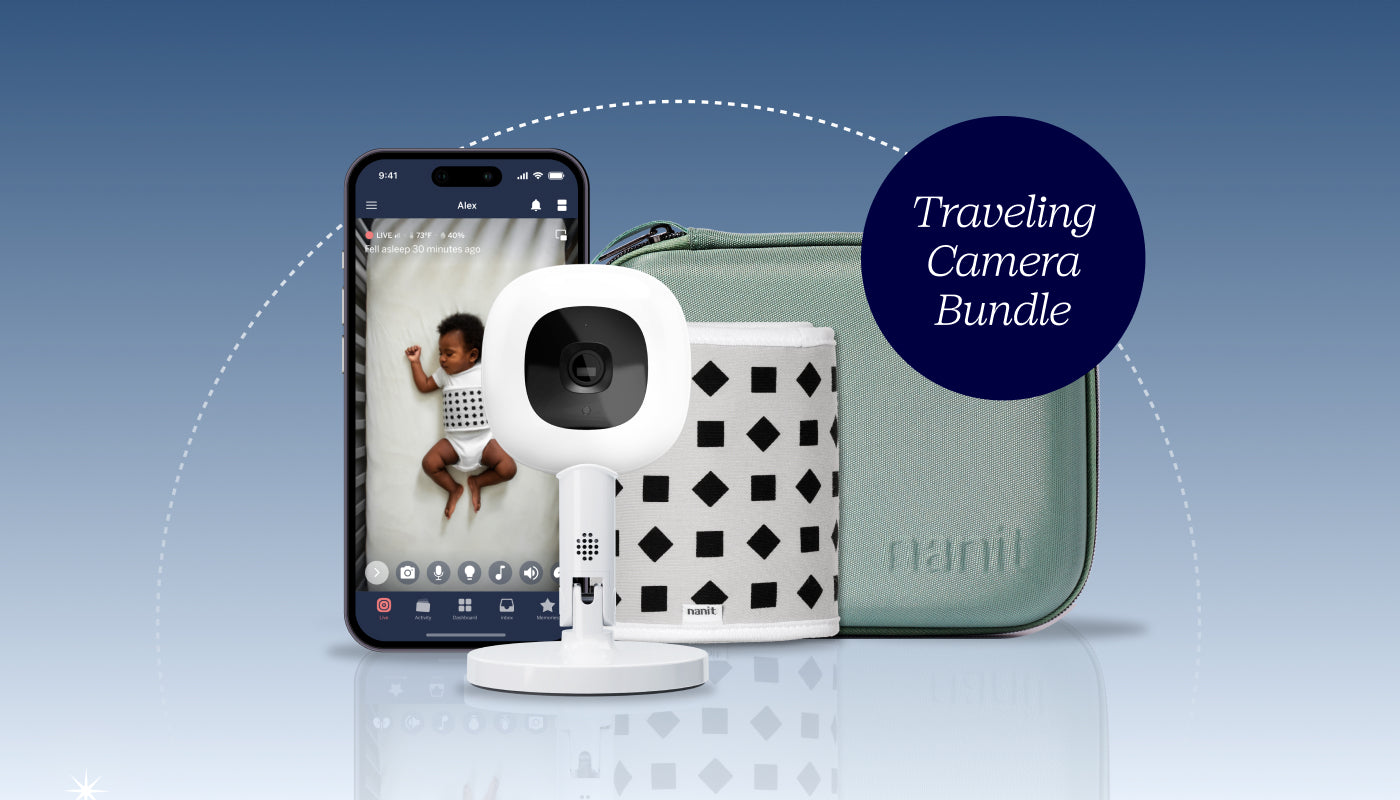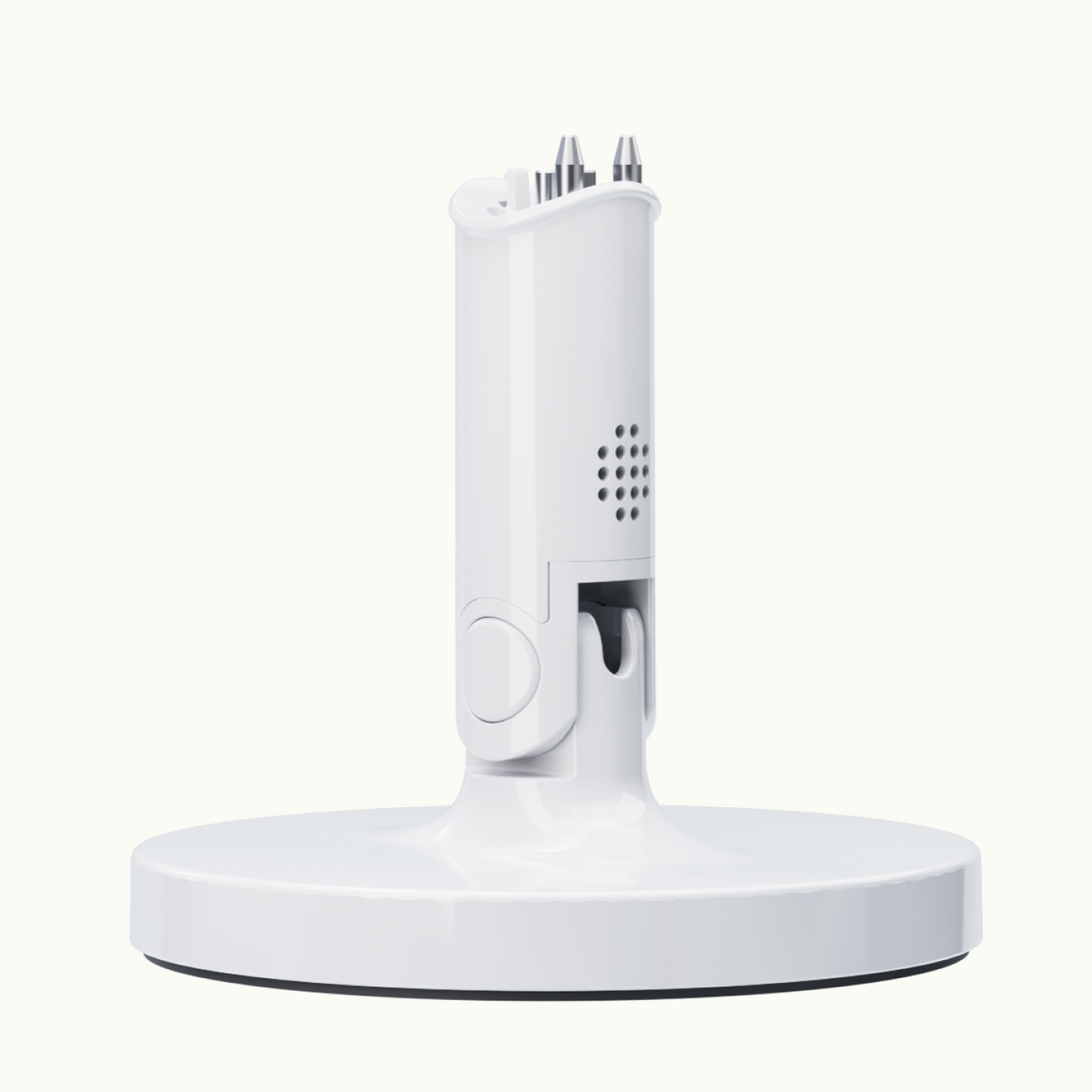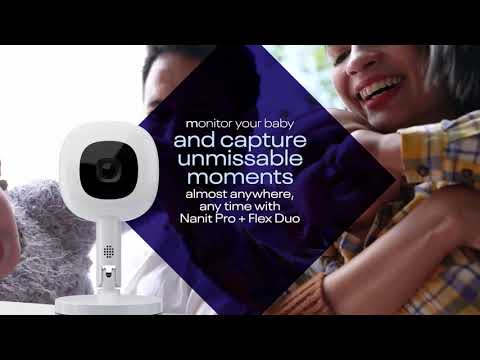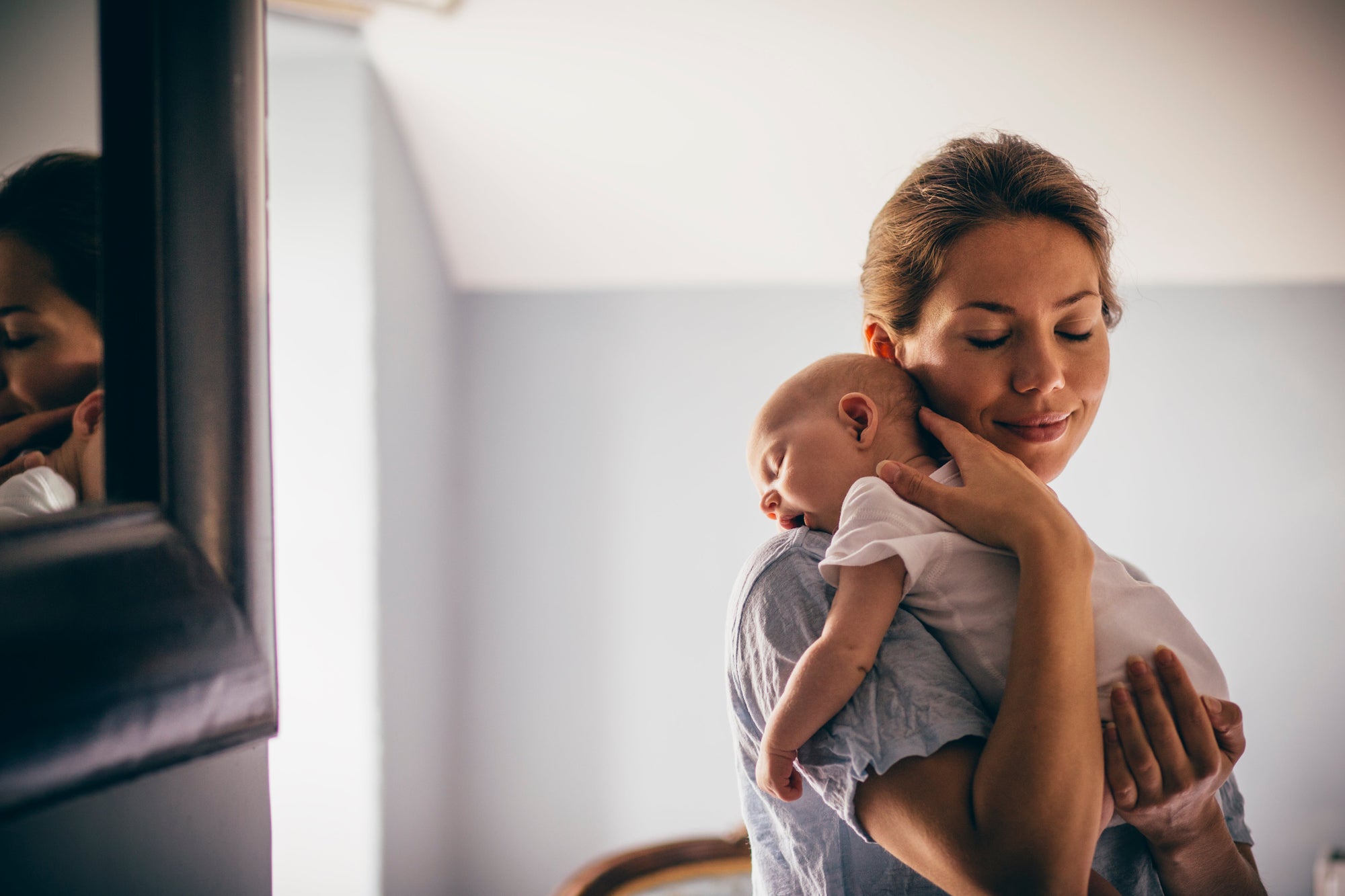Long before babies can talk, they have wants and needs and desires and things to communicate. And believe it or not, they are capable of effectively communicating — in ways other than crying, giggling and cooing — as early as eight months.
How? Through baby sign language, a collection of signs far simpler than the traditional sign language used by the hearing impaired. You’ll have to wait a couple of years before you and your baby can have an in-depth conversation about baseball, politics or the meaning of life (there will be plenty of time for that later!). But babies are perfectly capable of learning signs for things like eat, drink, more, mother and father and using them in the proper context to express themselves and help you give them what they need.
Signing might take some of the guesswork out of parenting by providing a means of communicating with your baby until they begin learning to speak. Baby sign language hasn’t been studied a whole lot. But some research has shown perks like this that most parents (or anyone in the same room as a baby) may enjoy: Babies who can sign have been shown to cry and whine less than those who cannot.
If it seems like something you’d like to do with your baby, getting started teaching them sign language is easy. You can try sitting the baby on your lap with their back to your chest, grasping their arms and making the signs that pertain to whatever they’re doing, be it eating, drinking or asking for more milk.
Here are a few key baby signs to get rolling:
Sleep: Place an open hand in front of the face and then bunch all the fingertips as if they’re sweeping the eyelids shut.
Eat: Bunch your fingertips together and tap your mouth.
More: Bunch the fingers of each hand and then tap the fingers of each hand together.
Father: Make an open hand and then tap the forehead with the tip of the thumb.
Milk: Open the fingers of one hand and then make a fist.
Bath: Make a fist with each hand, and while holding the fists in front of the chest make circles with the fists.
Water: Bring the thumb and pinky together to form a “W” with the three remaining fingers. Hold the “W” perpendicular to the face and tap the lips with the index finger.
Done: Open the fingers of each hand. Holding the hands in front of the chest palm-down, flip the hands palm-up as if showing that the hands are empty.






